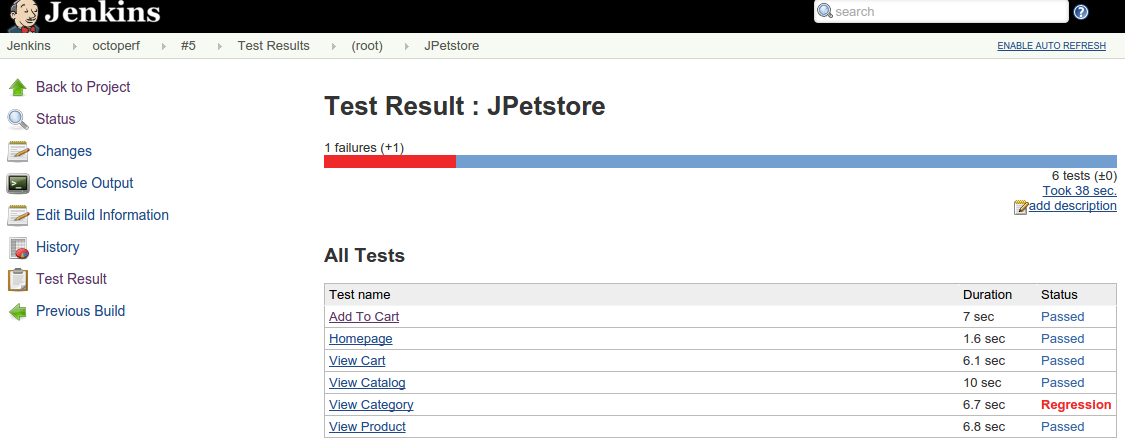Continuous Integration Load Testing with Jenkins
We're proud to announce that we released our Jenkins / Hudson plugin to run load tests from your favorite Continuous Integration / Continuous Delivery service. The sooner you detect a performance issue the quicker the bottleneck can be found and fixed.
We believe that Continuous Integration Load Testing is the key to help companies deliver high performance web applications in time. Applications today not only need to pass unit and integration tests to ensure proper operation, but also acceptance tests like performance tests to ensure it behaves correctly under load.
The new OctoPerf Jenkins plugins allows you to leverage the power of our hybrid cloud / on-premise load testing solution as part of your development / testing build cycle. This significantly simplifies load testing web application for developers and testers. Each load test can leverage the power of our infrastructure to run thousands of virtual users.
Our highly scalable infrastructure will take care of launching as many virtual users as you need every time you run a Jenkins build. It makes load testing large scale web applications on a regular basis significantly easier.
Regression Testing





